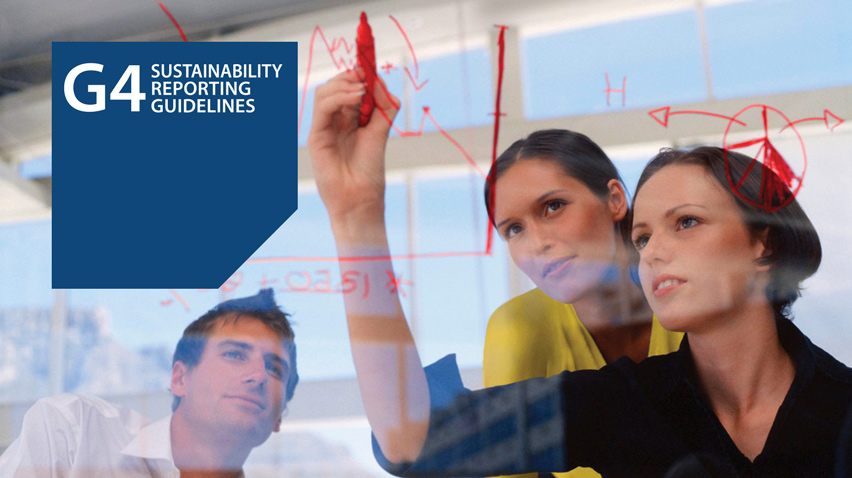Our standards
Our approach is to comply with all environmental regulations, to improve our performance continually in line with best practice, and to prepare to respond to future challenges and opportunities. We use external standards and guidelines, such as those developed by the World Bank and International Finance Corporation, to inform our approach.
We have global environmental standards that include a focus on managing our emissions, minimising our use of fresh water and conserving biodiversity. Within our operations, we also focus on reducing our energy use, flaring less gas and preventing spills and leaks.
Our standards
Our environmental standards are detailed in our health, safety, security, environment and social performance (HSSE & SP) Control Framework. Shell standards are applied to joint ventures of which we are the operator. We also encourage our joint-venture partners to apply materially equivalent standards at ventures we do not operate. Our projects and operated facilities comply with local environmental regulations and our own standards.
Whenever we plan new projects, we carry out detailed assessments of the potential environmental, social and health impacts. These assessments help us to manage and reduce impacts on the environment and communities during construction, operation and, when relevant, decommissioning. We make the results of these assessments available to the public when we are legally and contractually permitted to do so.
For example, LNG Canada (Shell interest 50%) has conducted a number of studies since 2012 on the potential impacts of its proposed project to build a liquefied natural gas (LNG) export facility in Kitimat, western Canada. The studies reviewed the potential impact of the project on the environment and local community, including its economy, health and cultural heritage. It involved meetings with people affected by the potential project, including aboriginal groups, local communities and government regulators. The full assessment has been approved by the regulatory authorities with letters of support from the community, and First Nations whose traditional territory would be affected by the project. Its recommendations will be implemented if the proposed LNG plant is built and operated.
Decommissioning and restoration
Decommissioning is an intrinsic part of the life cycle of any asset and must be done safely and responsibly when the asset reaches the end of its life. When we decommission a well pad, for example, we safely seal the well, remove the production equipment and reinstate the land. We use expertise from the decommissioning industry to help us with this work. However, as with much of the oil and gas industry, some of our more complex decommissioning projects take place offshore.
Our largest decommissioning activity, to date, is for the Brent oil and gas field which lies in the North Sea between Scotland and Norway. The preparation for the decommissioning of the four Brent field platforms started more than eight years ago. It has involved consultation with more than 180 interested parties and an independent review group to validate Shell’s decision-making process. In 2014, Shell submitted a recommendation to the UK regulator to decommission the topside of one Brent platform in a single lift – the largest ever attempted offshore – and transport it onshore for recycling. These plans have been approved.
In 2015, we took a further step to sharpen our focus on decommissioning by forming a team within Shell to improve safety, increase efficiency, reduce cost and meet environmental and stakeholder requirements for these projects. The team will work with the industry to identify best practice and enhance technologies for decommissioning our wells and facilities responsibly and efficiently.
